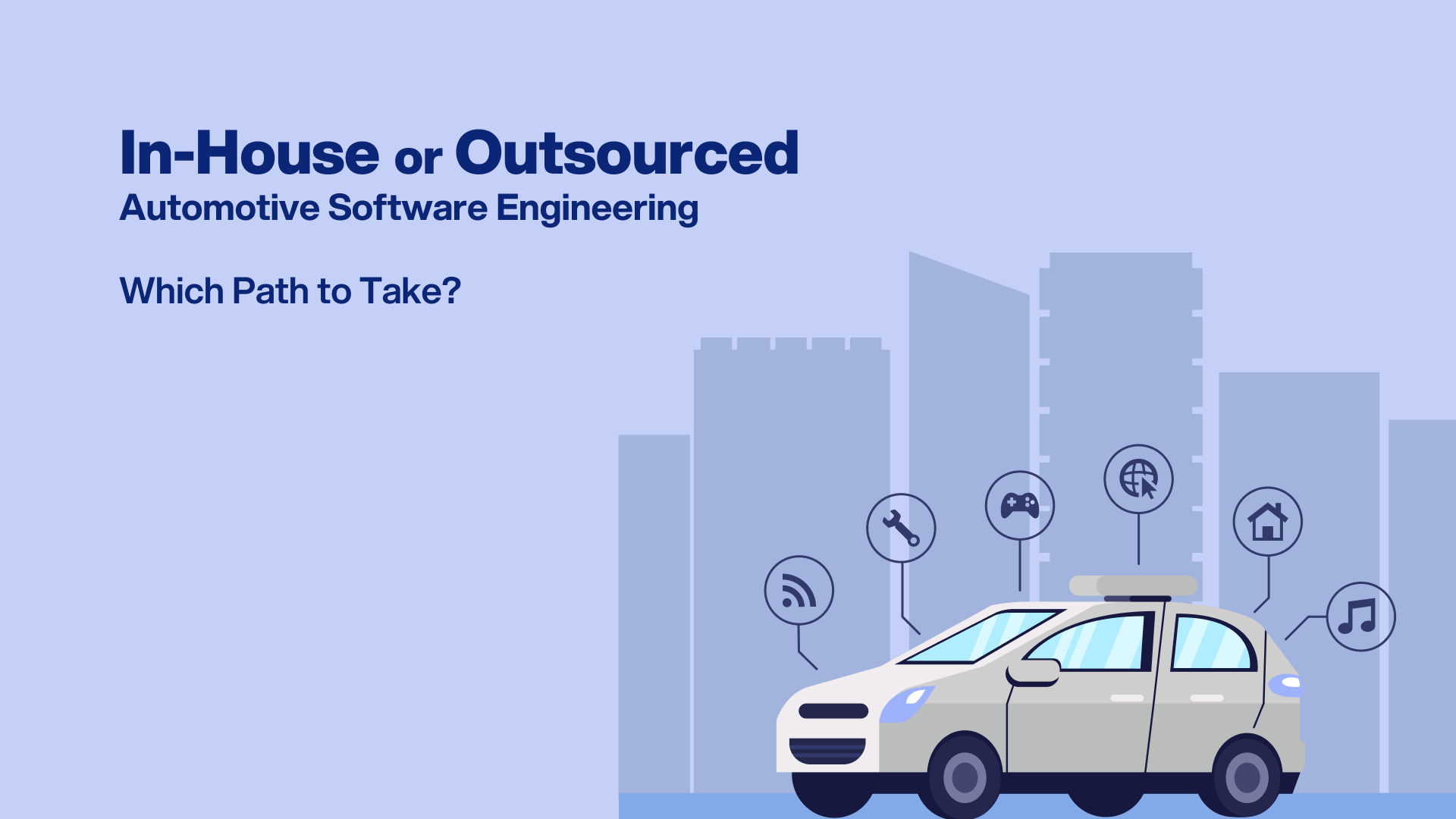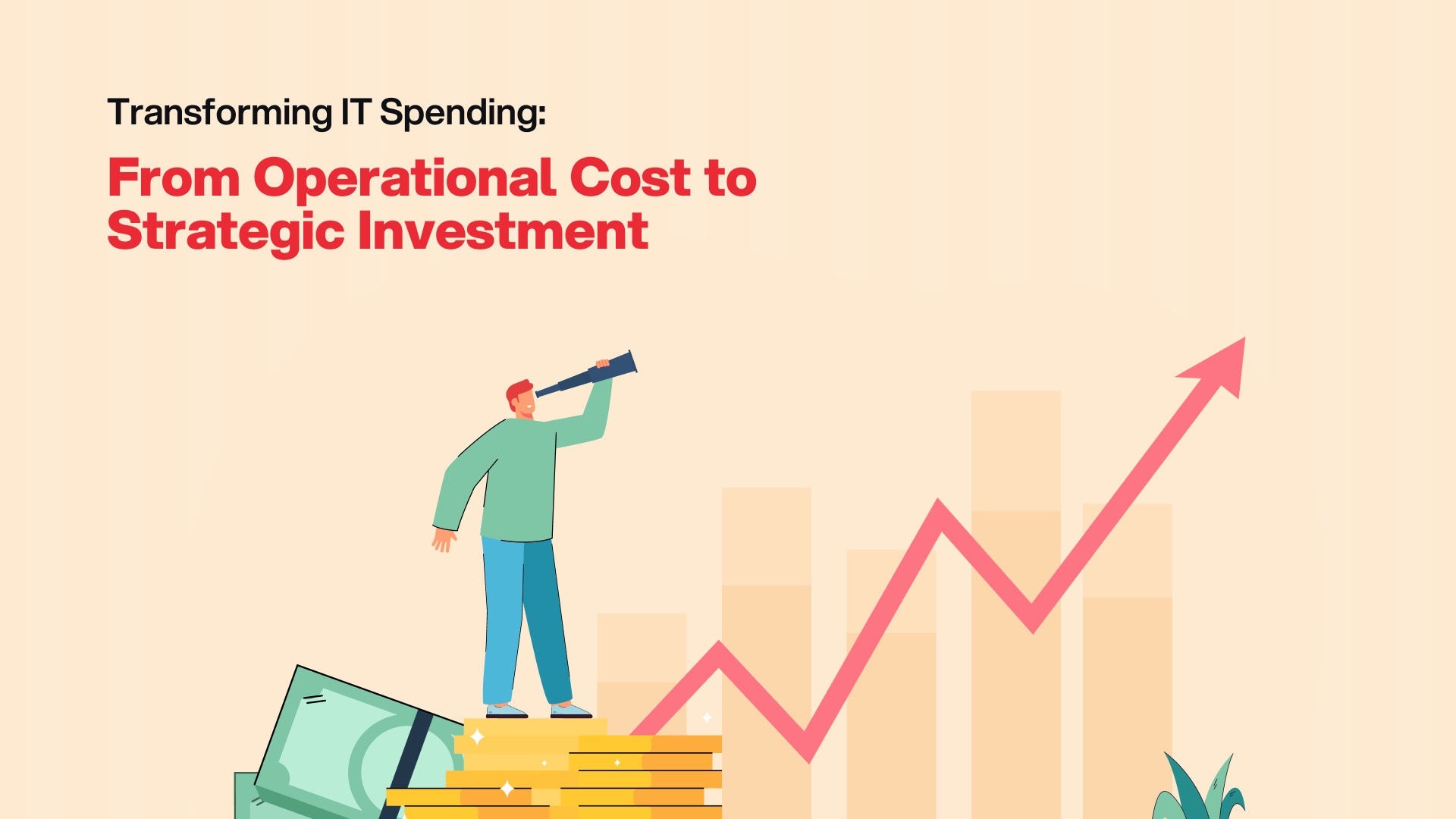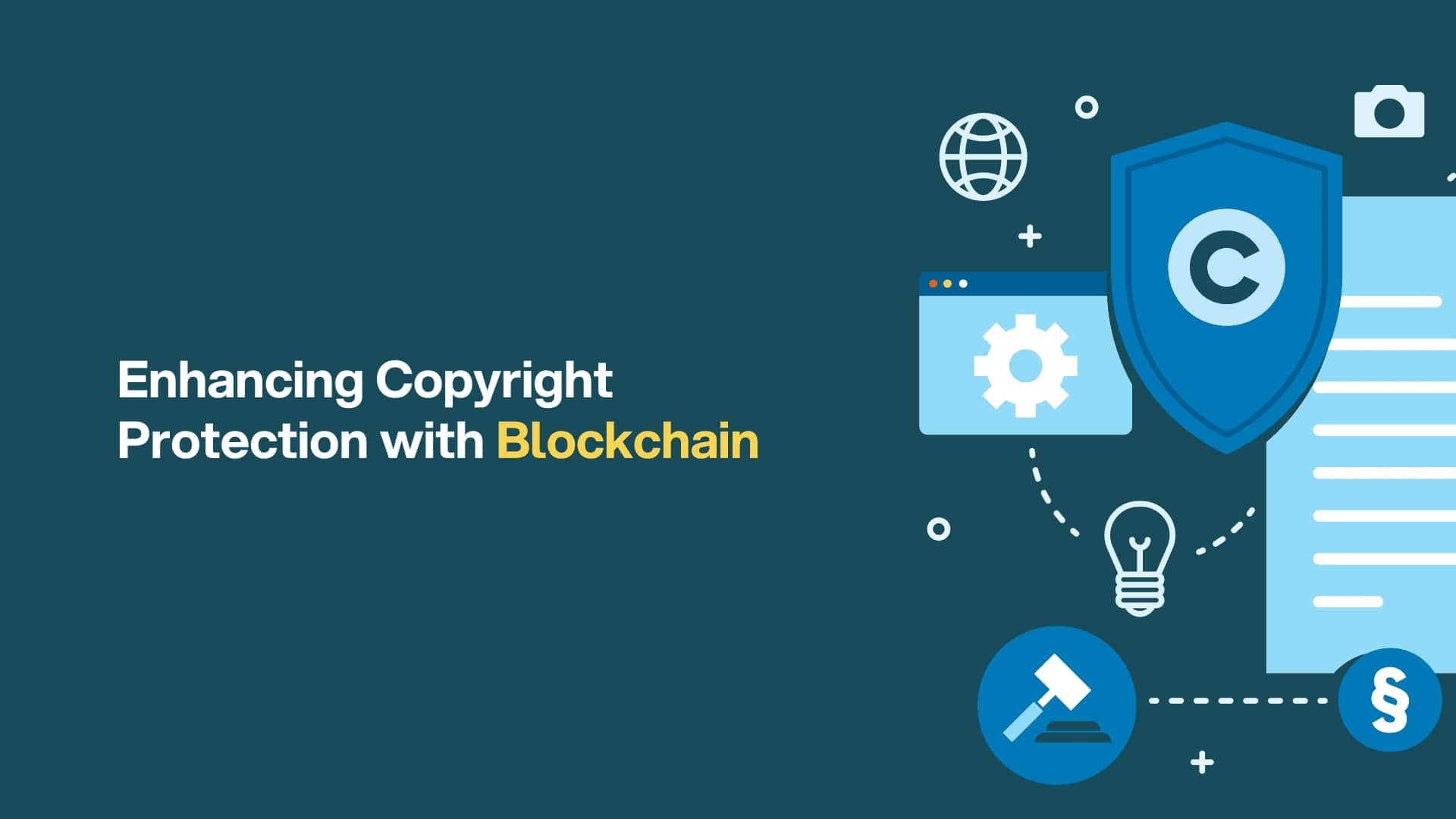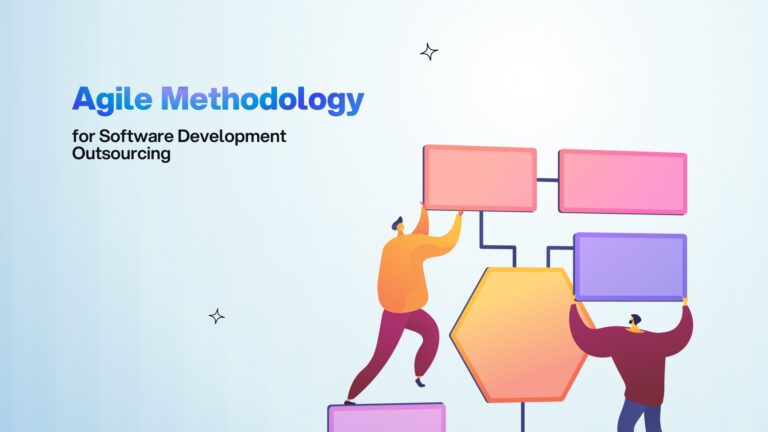
Contents
What is Agile Methodology?
Agile has become the go-to framework for software development, offering flexibility over rigid models like Waterfall. It breaks projects into short, iterative sprints, enabling teams to adapt quickly, gather feedback, and improve continuously. Beyond software, Agile’s focus on collaboration, flexibility, and customer satisfaction benefits various industries. It accelerates time-to-market, enhances team morale, and increases project visibility. Agile is more than a methodology, it’s a mindset. Successful adoption requires a cultural shift toward collaboration, self-organization, and adaptability to change.
What is the Agile Manifesto?
While there is no single creator of agile methodologies, it was first outlined in 2001 by 17 seasoned software developers known as the Agile Manifesto. This seminal document introduced a paradigm shift in the industry, advocating for a more flexible and collaborative approach to software development, as opposed to the rigid and sequential methodologies. The Agile Manifesto highlights four core values and twelve principles that prioritize people, working software, collaboration, and adaptability. In doing so, it promotes an iterative, incremental development approach where self-organizing teams collaborate to refine requirements and solutions dynamically.
What are the Four Values of the Agile Manifesto?
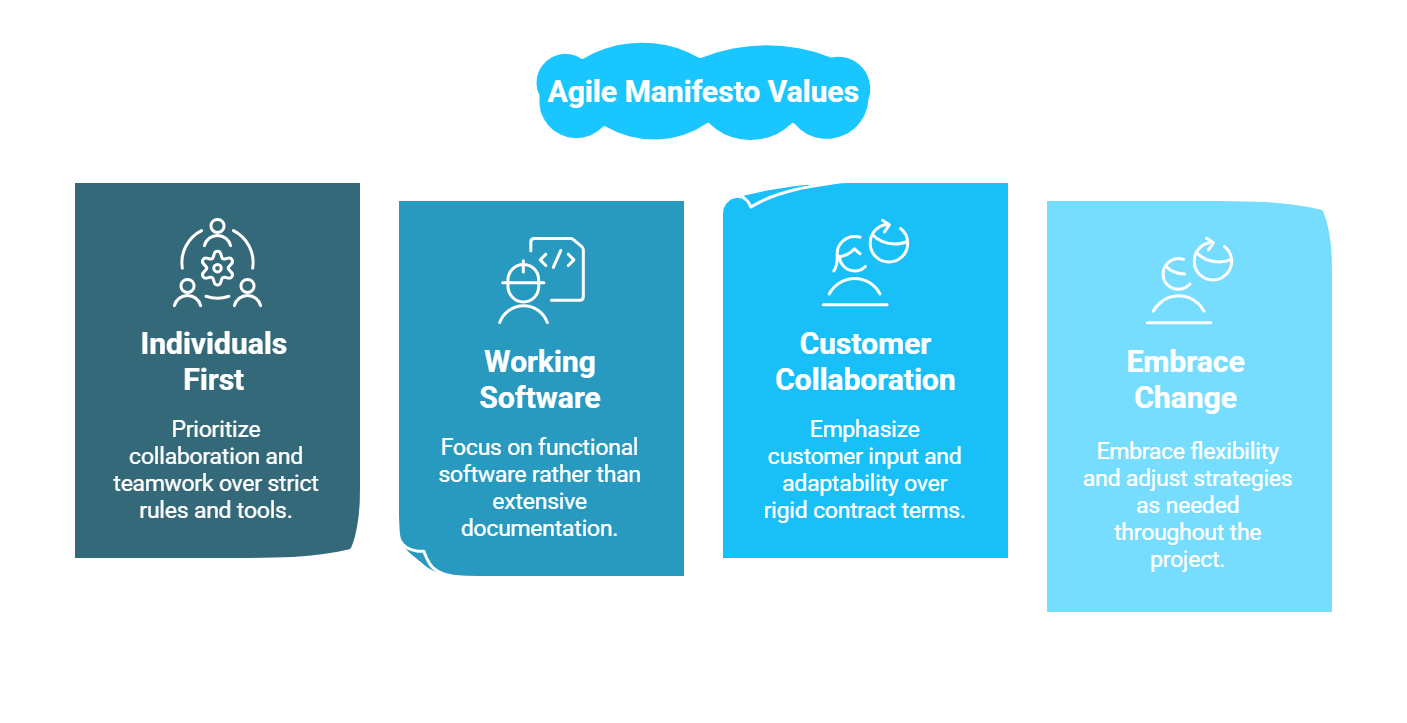
As outlined in the Agile Manifesto, there are four main values of Agile project management:
- Individuals over processes and tools: Agile teams prioritize collaboration and teamwork instead of independent work and sticking to rigid rules.
- Working software over comprehensive documentation: While documentation and other additional work are important, Agile teams prioritize developing functional software above all else.
- Customer collaboration over contract negotiation: The Agile methodology places significant importance on customers. Agile teams allow customers to set the direction of the software. Therefore, customer collaboration is more important than the finer details of contract negotiation.
- Responding to change over following a plan: A major advantage of Agile project management is that it enables teams to be flexible. This framework enables teams to swiftly adjust strategies and workflows without disrupting the overall project.
What are the 12 Agile Principles?
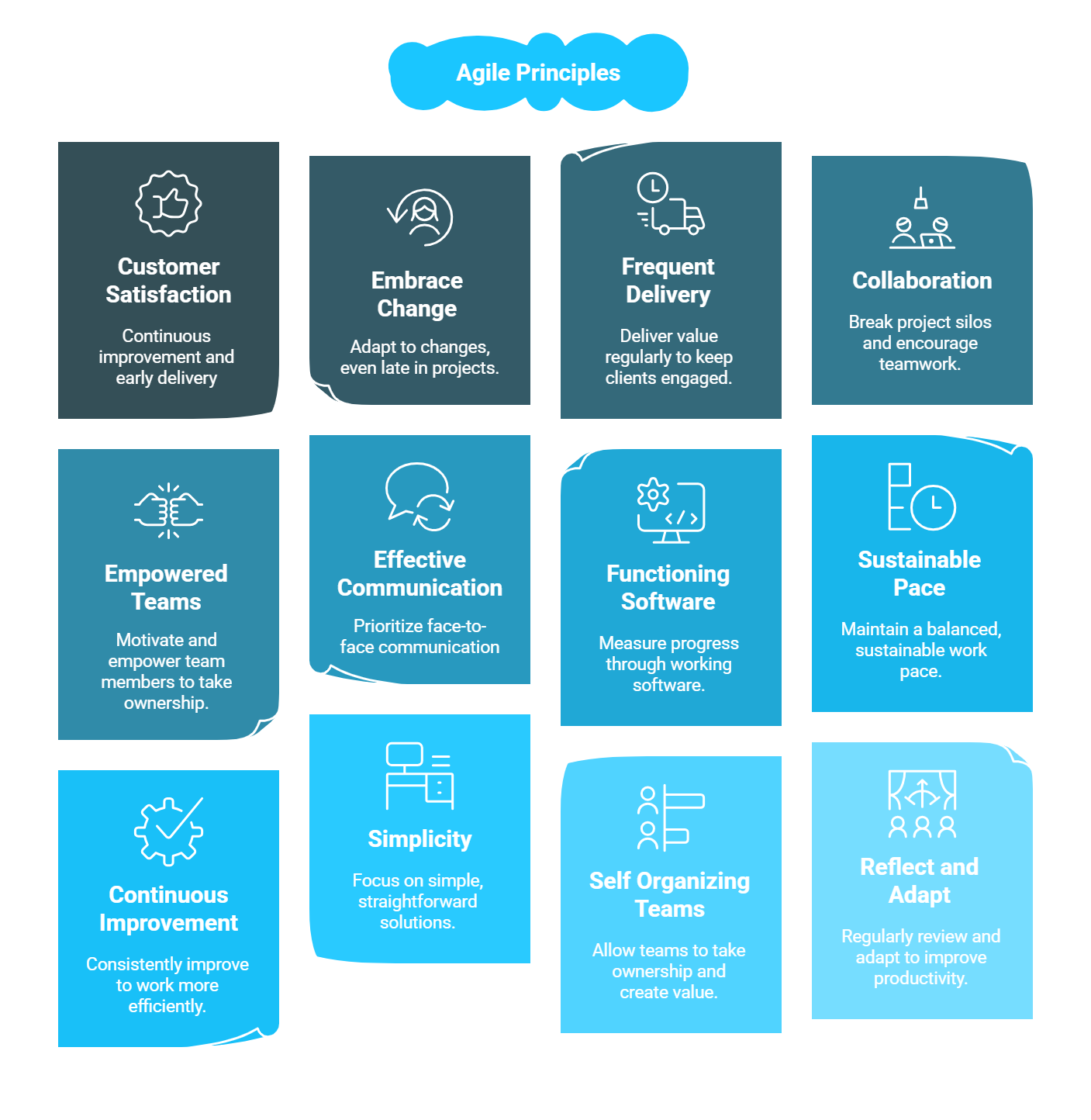
The Agile methodology is built on four core values, which led to the development of 12 guiding principles. They are adaptable guidelines that can be shaped to meet the specific requirements of your team. Think of them as the rooms you can construct within a house, where the four Agile values serve as the foundational pillars. The 12 principles used in Agile methodology are:
- Ensure customer satisfaction through continuous improvement and early delivery. Regular updates lead to higher customer satisfaction and recurring revenue.
- Changes are welcome, even if they come late in the project. The Agile framework values adaptability. When you’re working with something that involves a lot of back and forth, like Agile, being inflexible is going to cause more problems than it solves.
- Regularly deliver values. Similar to principle #1, frequently delivering value to your customers or stakeholders makes it less likely for them to churn.
- Break the silos of your projects. The Agile framework emphasizes collaboration, encouraging individuals to move beyond their isolated projects and engage in more frequent cooperation.
- Ensure that team members are motivated and empowered to take ownership of their work. Agile works best when teams are committed and actively working to achieve a goal.
- The most effective communication is direct and in-person. If you’re working on a distributed team, spend time communicating in ways that involve face-to-face communication like Zoom calls.
- Functioning software is the primary measure of progress. The Agile framework prioritizes functional software above all else, with the primary goal of delivering a valuable product.
- Work at a sustainable pace. Agile can be pretty fast-paced, but it shouldn’t be so fast that the team gets burned out. The goal is to keep things sustainable throughout the project.
- Always getting better makes you more agile. If the team produces excellent code in one sprint, they can use it as a foundation for the next. By consistently producing great work, teams can work more efficiently in the future.
- Keep it simple. Agile favors simplicity over complexity, aiming to provide straightforward solutions to intricate problems.
- Self-organizing teams generate the most value. Similar to principle #5, proactive teams are valuable assets to the company as they strive to deliver value.
- Regularly reflect and adapt your work style to increase productivity. Retrospective meetings are a common Agile practice where teams reflect on their performance and adapt for the future.
Find Your Perfect Software Outsourcing Partner
Unlock a world of trusted software outsourcing companies and elevate your business operations seamlessly.
Discover CompaniesAgile Methodology in Software Development Outsourcing
Though Agile methodology functions optimally with in-person communication, it can also be implemented effectively in remote work settings. In fact, IT outsourcing companies have experience adjusting Agile to remote work and building tools for distributed Agile teams. Additionally an experienced Agile outsourcing provider can help build and manage your remote software development team.
Agile software development outsourcing allows businesses to reduce costs and maintain quality using external teams and short development cycles. Moreover, it provides access to a global talent pool, optimizes resources, and accelerates product delivery. However, finding suitable partners and implementing agile processes remotely can be challenging.
Key Challenges in Agile Software Development Outsourcing
Outsourcing Agile software development has unique challenges. These challenges include governance, procurement, scope creep, cultural differences, and time zone issues.
- Governance Issues: When organizations outsource software development and employ Agile methodology, they can encounter substantial governance challenges. These challenges include delivery responsibility, productivity commitment (balancing quality and velocity), capacity management, and skill availability.
- Procurement Issues: Sourcing, procurement and vendor management (SPVM) leaders with experience in fixed contracts may find it difficult to select criteria for agile software development services.
- Project scope creep: The iterative and flexible nature of Agile projects can sometimes result in scope creep. To ensure the development progresses as planned, it is essential to manage the project effectively.
- Cultural Disparity: Communication, collaboration, and understanding can be affected by cultural differences when outsourcing to offshore or distant locations. To address this issue, it is vital to have open communication and be mindful of cultural differences.
- Time Zone Differences: Collaborating across multiple time zones can lead to communication delays and difficulties in staying synchronized. This challenge can be mitigated by establishing overlapping work hours and utilizing collaboration tools.
Despite the challenges, outsourcing agile software development enables businesses to focus on core competencies and can prioritize strategic activities, marketing, sales, and customer service. With external teams managing software development, companies can streamline their internal operations, focusing on innovation and growth. This strategy enhances productivity and efficiency, making it a favorable choice for businesses aiming for rapid expansion.
Strategies for Effective Agile Software Development Outsourcing
Outsourcing agile software development requires strategic planning and execution to ensure successful project outcomes and seamless collaboration. This guide details key strategies for successful agile software development outsourcing.
- Set clear goals and define requirements: Define your project requirements, including scope, goals, features, and technical specifications. Agile emphasizes adaptive software development planning and continuous collaboration with stakeholders. A clearly defined requirement ensures that both your internal team and your agile software development outsourcing partner share a common understanding of the project’s goals, scope, and expectations. This method helps avoid misinterpretations, scope creep, and expensive revisions down the line.
- Select an outsourcing partner: Research and identify potential agile software development outsourcing partners with relevant experience, expertise, and a proven track record. Consider factors such as location, cultural fit, communication skills, experience, expertise, portfolio, and industry reputation. Look for evidence of successful agile software development projects and assess their ability to adapt to your agile processes and culture.
- Establish clear communication channels: Poor communication is a common issue with outsourcing providers, but this can be avoided by implementing regular agile ceremonies and utilizing tools like Slack, Microsoft Teams, or video conferencing. These practices and tools facilitate real-time interaction and information sharing, promoting open communication and collaboration regardless of location.
- Define roles and responsibilities: Define roles and responsibilities for both internal and outsourced team members, ensuring everyone understands their expectations. Use agile techniques to promote collaboration and accountability.
- Set up agile processes: Agile processes enable flexible, iterative development and customer collaboration. Define your agile processes, like Scrum or Kanban. Align internal and external teams on agile processes for the project lifecycle. Create agile rituals and metrics to drive development and foster collaboration between teams.
- Create a detailed project roadmap: This stage involves creating a detailed project plan that outlines the timeline, milestones, deliverables, and dependencies. Agile planning prioritizes early and frequent value delivery over extensive upfront planning, enabling adaptation to changes throughout the SDLC.
- Track and monitor progress: Outsourcing teams that use agile software development methodologies continuously track their progress, identify risks, and modify their plans through the use of metrics and feedback. The team’s performance can be continuously improved throughout the project by using Agile metrics, such as velocity, burndown charts, and cycle time, to gain insights.
- Continually iterate and adapt: Agile software development outsourcing fosters a culture of continuous improvement and adaptation. New requirements may arise from user, product owner, and stakeholder feedback. Iteration and adaptation are key to agile teams maximizing customer value and responding to change.
Find Your Perfect Software Outsourcing Partner
Unlock a world of trusted software outsourcing companies and elevate your business operations seamlessly.
Discover CompaniesFinding and Assessing Agile Software Outsourcing Partners
The following are the key factors to consider when selecting an agile software development outsourcing partner to ensure compatibility, reliability, and productivity.
- Experience and expertise: To ensure effective navigation of complexities and contribute to smoother project execution and successful outcomes, evaluate the partner’s track record and inquire about their proficiency in agile methodologies.
- Portfolio and case studies: Case studies and portfolio reviews of potential outsourcing partners can provide insights into their agile development expertise, reliability, and compatibility with your organization.
- Client testimonials: Contact former clients for feedback on the partner’s agile performance, including their communication, collaboration, and adherence to agile principles. Client references give you unbiased feedback on a potential partner’s ability to work with your agile practices.
- Team composition: Assess the outsourcing partner’s agile expertise, including team roles, skills, and experience, to ensure they can effectively implement agile practices.
- Cultural Alignment: Assess cultural alignment between your organization and the outsourcing partner through discussions, interactions, and observations. Cultural fit fosters collaboration, trust, and innovation, promoting agile adoption and project success.
- Transparent pricing: Ensure that all costs clear and define the pricing structure, whether fixed-price, time and materials, or a dedicated team model.
- Security: Implement security measures like NDAs and encrypted data storage to safeguard project information. Cybersecurity best practices safeguard project assets and maintain trust by ensuring compliance and data confidentiality.
- Scalable and flexible teams: Evaluate the partner’s ability to adjust resources based on project needs and their capacity to rapidly onboard additional team members as necessary. Scalability and flexibility enable the ability to efficiently allocate resources in response to changing project needs.
Conclusion
Agile methodology has revolutionized software development and project management. It offers a flexible and iterative approach that prioritizes collaboration, adaptability, and customer satisfaction. Its principles, outlined in the Agile Manifesto, emphasize working solutions, direct communication, and continuous improvement. Thus making it an ideal framework for dynamic and fast-paced environments.
While Agile software development outsourcing presents unique challenges, businesses can mitigate these risks through strategic planning and effective communication. By selecting the right outsourcing partner, setting clear goals, and fostering an agile culture, organizations can leverage external expertise to accelerate product development, optimize resources, and drive innovation.

